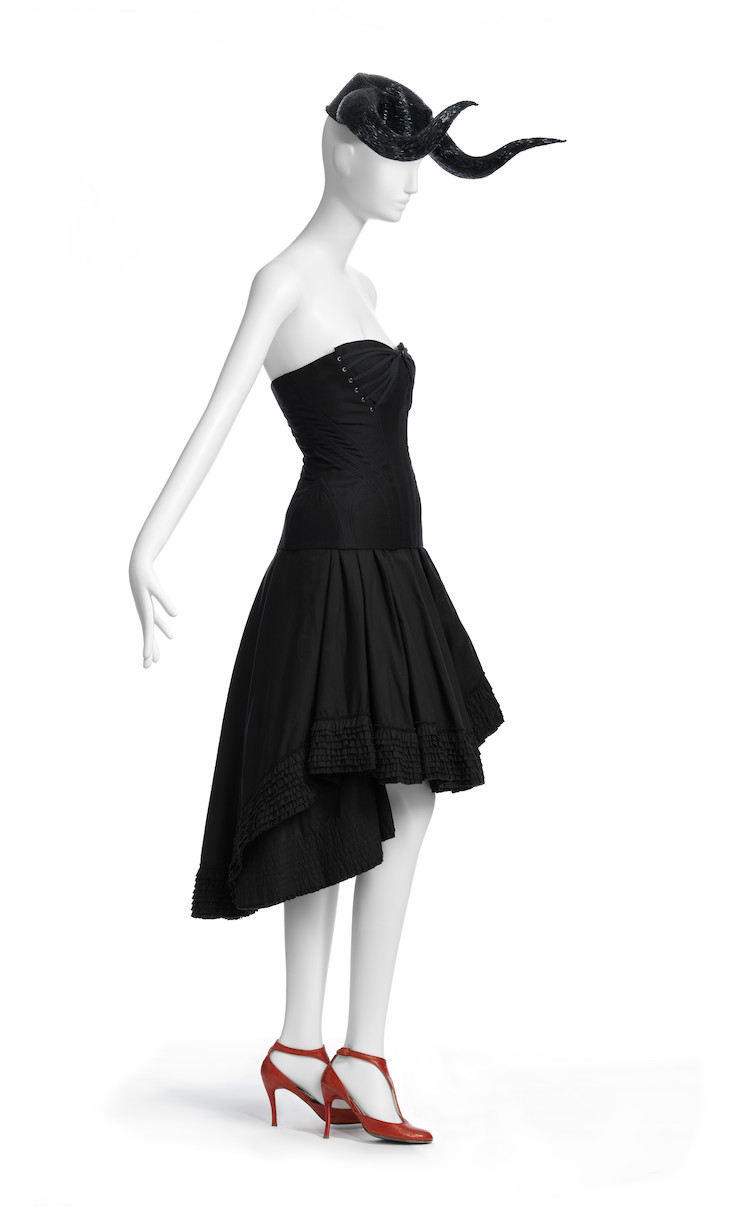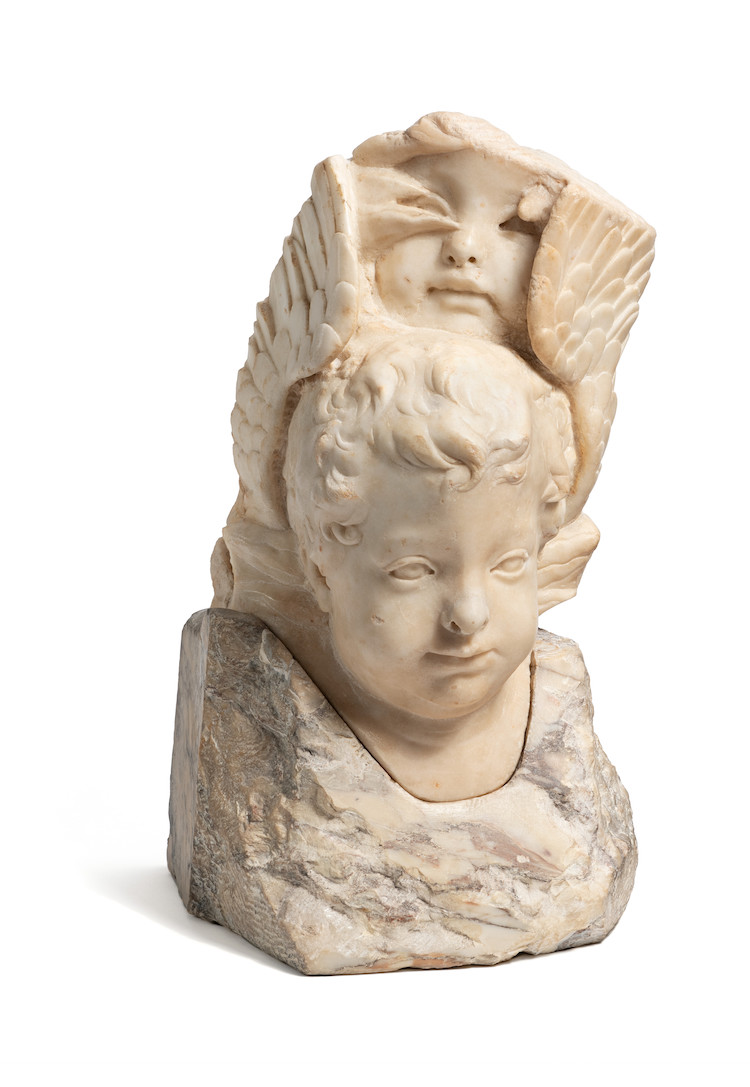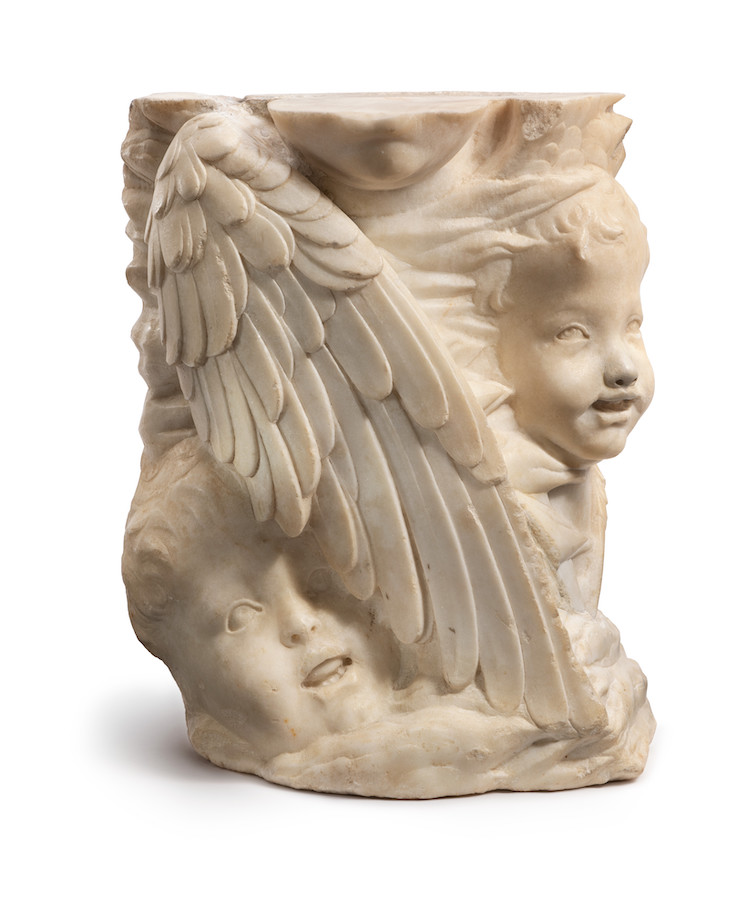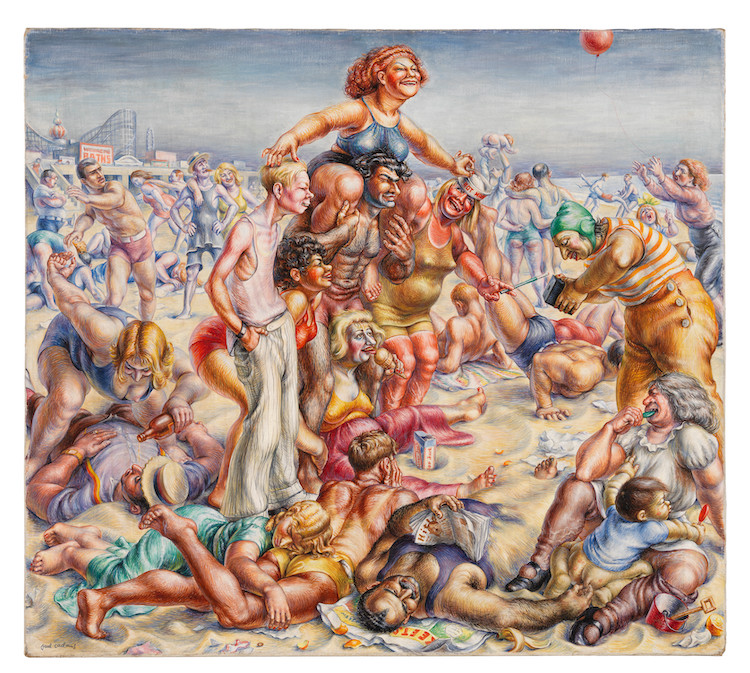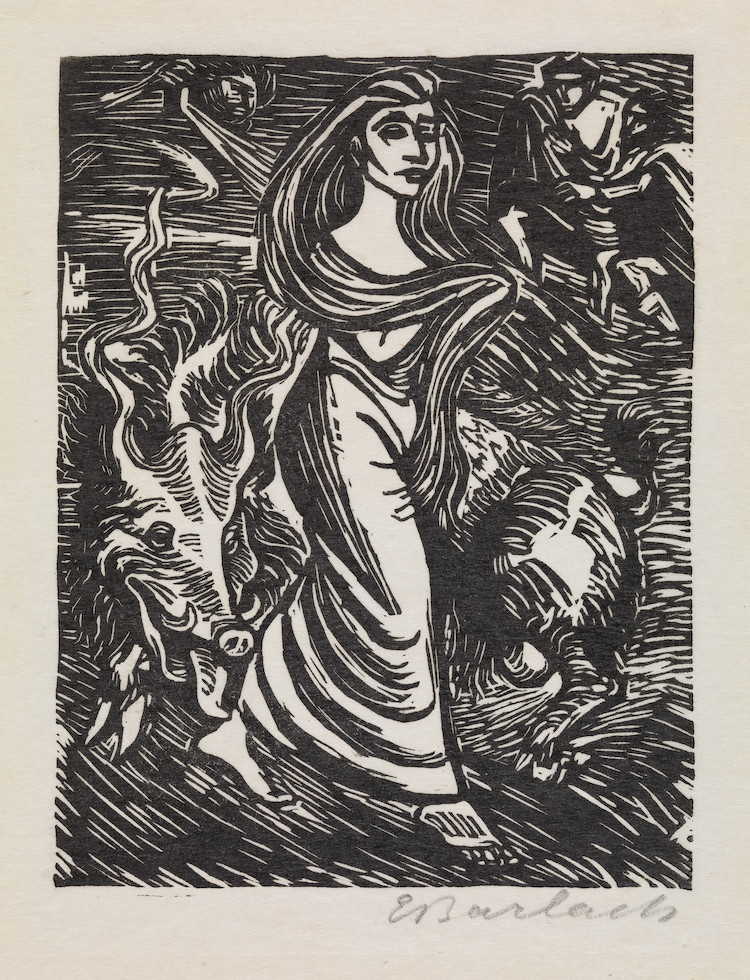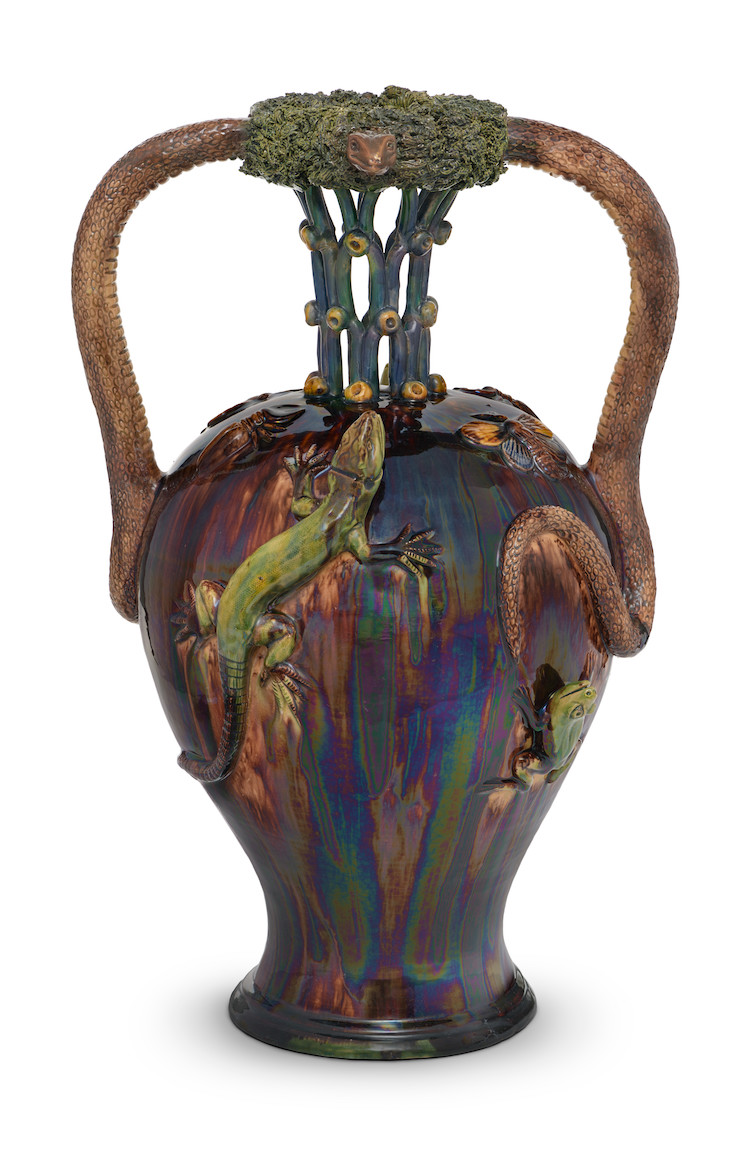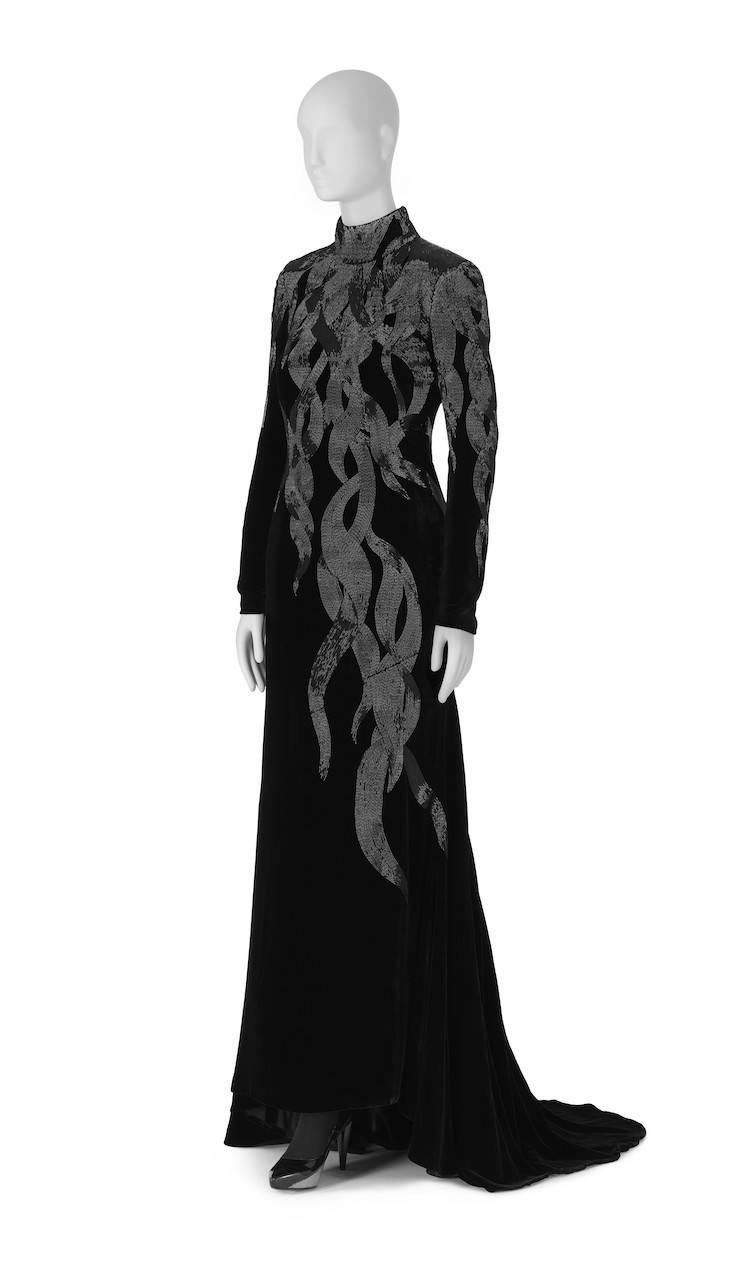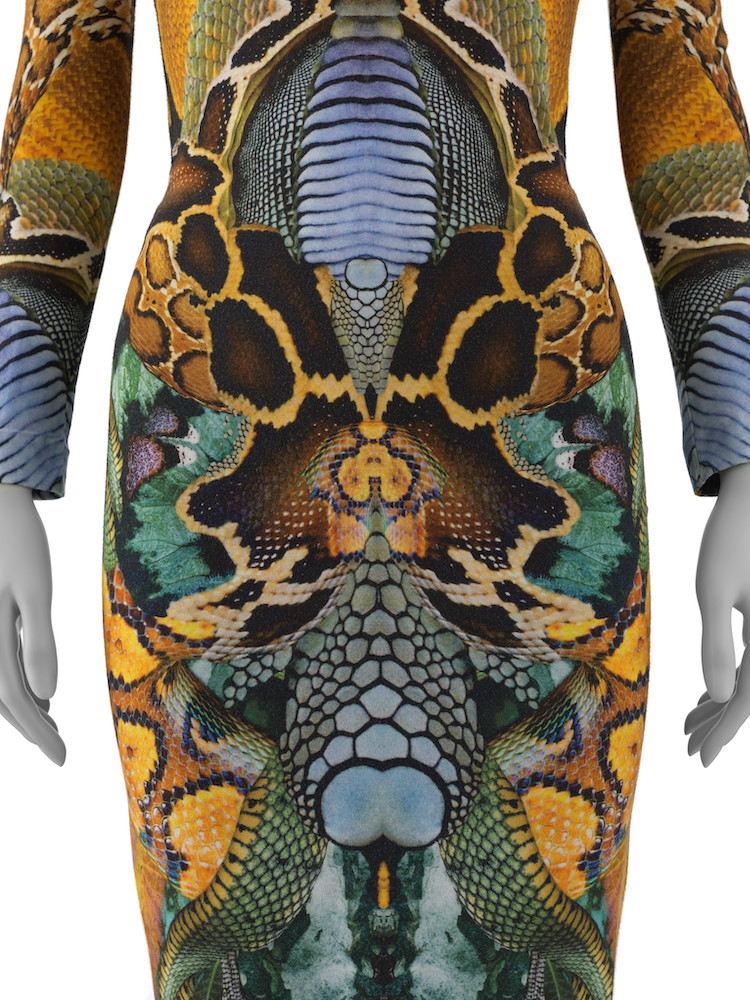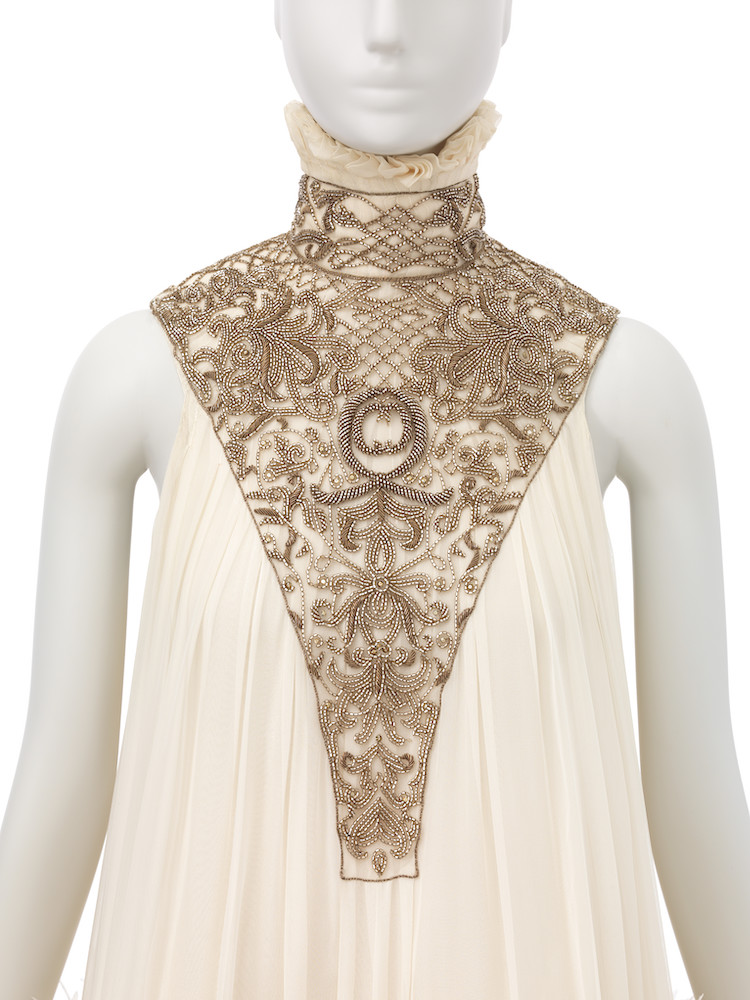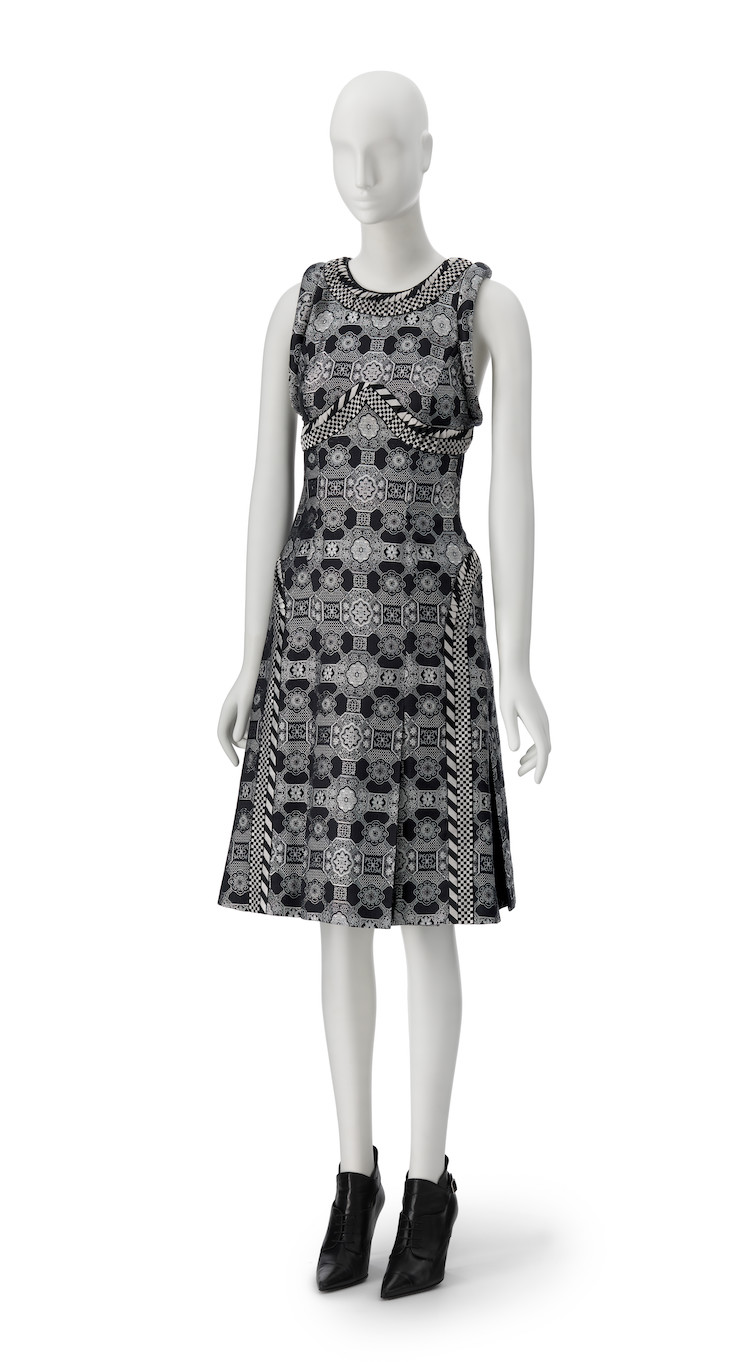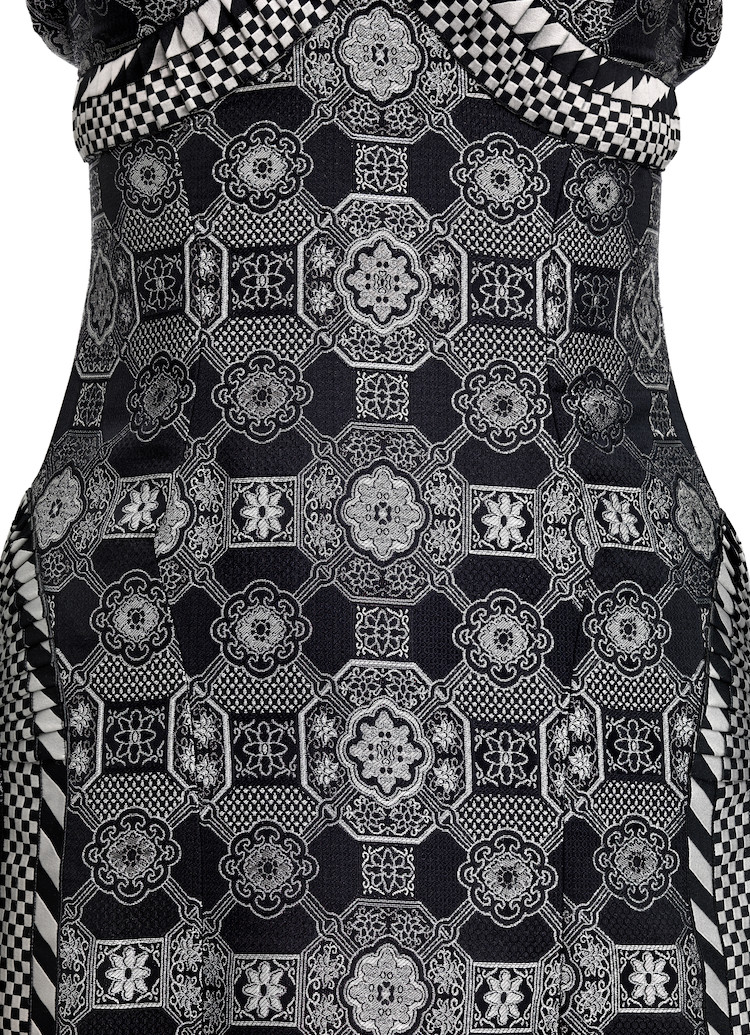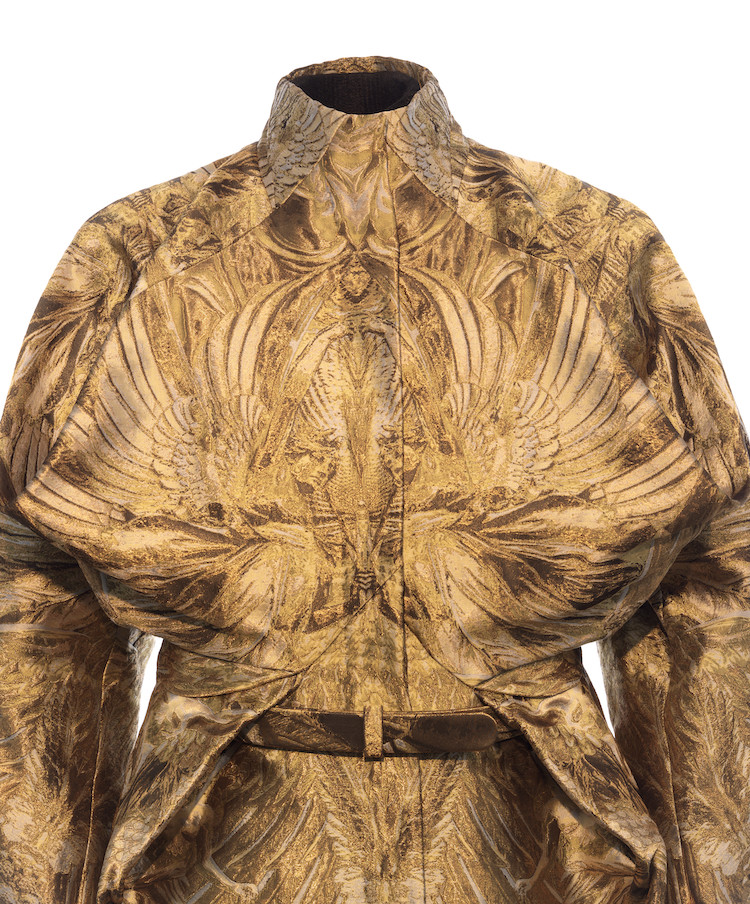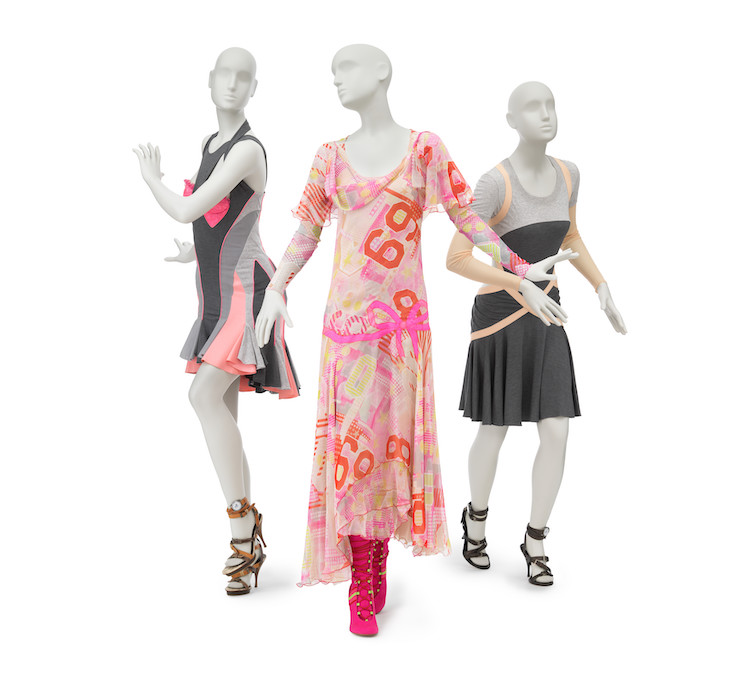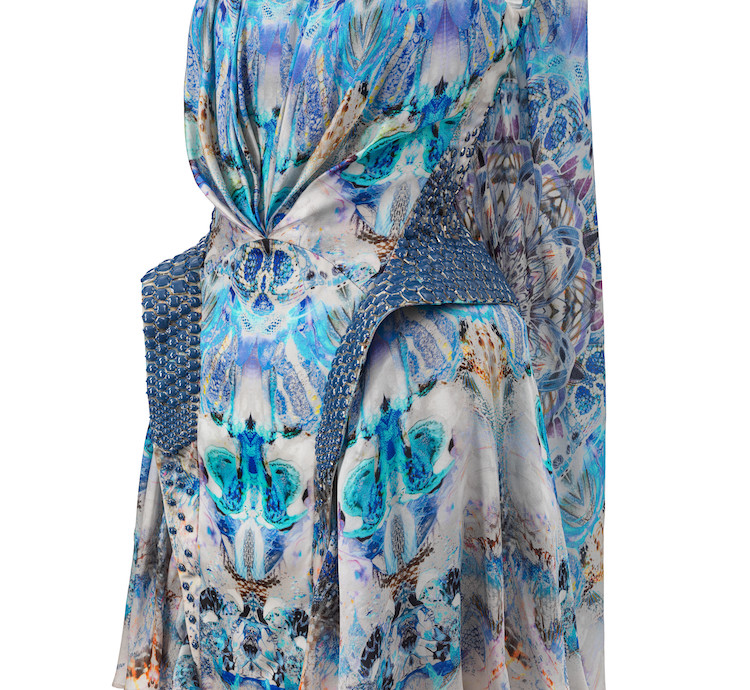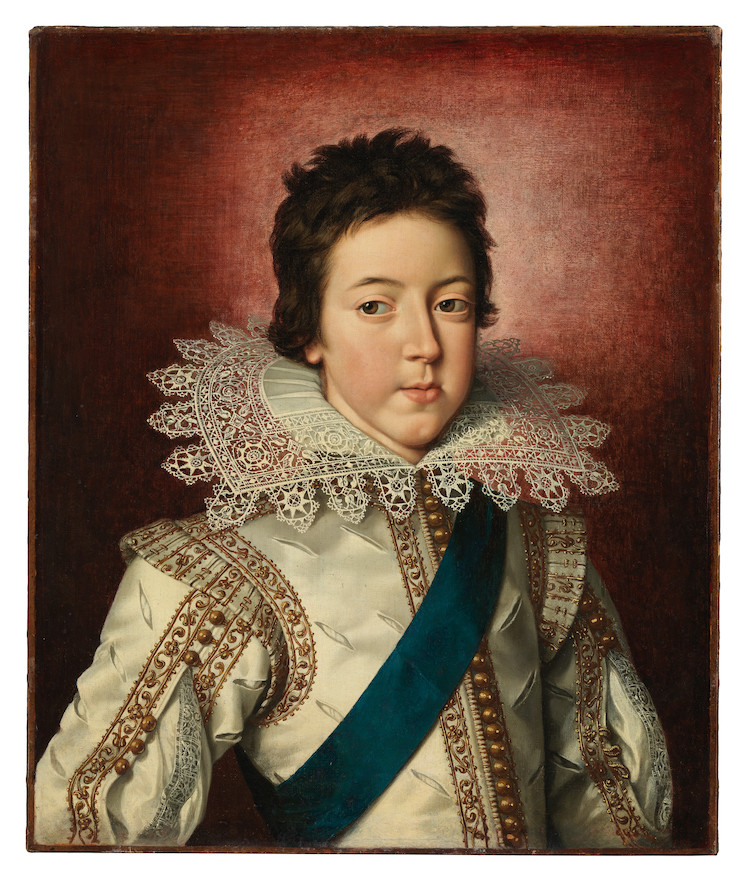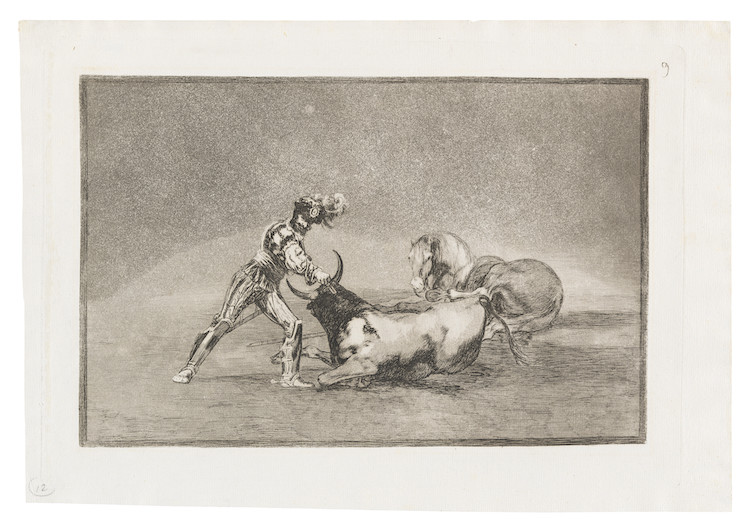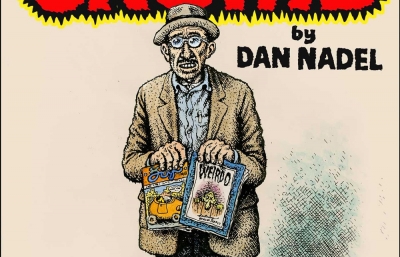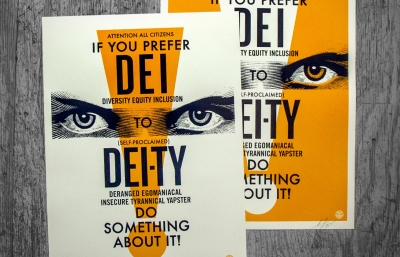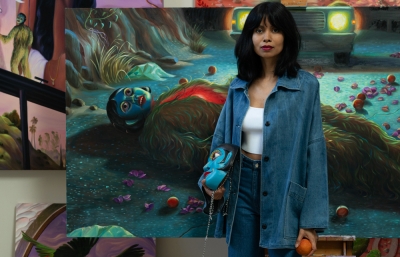Assertive, audacious, ageless, artful and amazing are just a few of the adjectives that describe Lee Alexander McQueen and his clothes. The entire introduction could be composed of divine and daring descriptors of the British designer who “wanted people to be afraid of the women I dress.” Drawing from his Scottish ancestry and tracing ancestry from the Salem witches, a school friend noted how the allure of the past was a “place of romance and security, an escape.” With this affinity for art history, the Los Angeles County Museum of Art delves into their own collection, pairs pieces with Regina Drucker’s generous gift and presents Mind,Mythos, Muse. I spoke with curators Clarissa Esguerra and Michael Hansen.
Gwynned Vitello: Following such great McQueen shows at the V&A and the Met, how did LACMA’s interpretation come about?
Clarissa & Michaela: A few years ago we were approached by Regina Drucker, a local collector, who had a large compilation of fashion amassed over the past 25 years—of course, we wanted to look! It was incredible, a deep treasure of 20th and 21st century fashion, but the biggest component was a lifetime of McQueen. We wanted to honor this amazing gift from a fantastic donor whose family moved here from Mexico in the early 1900s. We thought, okay, let’s interpret his work beyond those important foundational retrospectives. He referenced so many sources of inspiration in a single show, disparate things like pop culture, history, his personal life, social events and the economy. Taking into account our good fortune to have such an encyclopedic assemblage and the fact that our permanent galleries are being replaced by a single permanent building, we were able to curate from our entire permanent collection. We had wonderful support and expertise from all of our colleagues—and that’s how it happened! 
I wondered how you would build on those prior shows. What an opportunity to source so much material, but also, so much to tackle! How did you select and organize it all?
It was based on Regina’s collection, which is kind of how we approach any show based on a collection. We analyze what we have, what stories we can tell with those objects, and we wanted to use anything that had a strong visual relationship with LACMA’s artworks.
After studying her collection, envisioning your themes, and considering the theatricality of his runway shows, how did you lay out the exhibition?
We didn’t approach it as a runway where there is a distinct opening and climax. We thought of it more thematically, where people could look at an object, then consider and understand the ideas and inspirations on display. That said, we do start with Angels and Demons, which was the last show he presented. With the theme of mythos, we look at familiar history and religion, so it has a linear aspect. We go into the stories he created and look at how he tried to make sense of the world and the cycles of life and death, and ways he does that many collections. Finally, we look at his craft in terms of technique and innovation.
He was preoccupied with life cycle and evolution. Do you introduce biographical elements to better understand why he was so engrossed by those subjects?
We do have a brief introduction to his work, and there is also a catalog where we delve into his biography, especially relating to technique and innovation. But there is so much information online and in books, so we tried to save our “word count” to what we hope is new information and a new way of thinking about his art.
This will give those who don’t know the biography a huge incentive to learn more about his big persona. How did you use music, wall color and lighting to curate and enhance the pieces?
We’re working with Los Angeles based Michael Maltzan Architecture, who have been amazing. They were very inspired by McQueen because of his influence and interests. One of the famous details about McQueen’s life is his training as a Saville Row tailor and how he really learned the industry from building blocks; in his case, tailoring, dress making and couture. With this really foundational technical expertise, he stood out among the designers who came to work from varied backgrounds. The Maltzan team found a parallel in the way an architectural student looks at ancient ruins in studying ancient Greek and Rome, the foundations of contemporary Western architecture. McQueen did the same as he worked through the foundations of tailoring. So the inspiration behind the show design as well as our furniture and exhibition platforms are the columns and colonnades that divide the show up into thematic sections, which create a way to walk attendees through the show in a kind of linear fashion. You can look from where you are to see glimpses of one cinematic section into the future, into the next space.
Or you can look behind and compare art from McQueen’s career as a way to reflect on how self-referential he was throughout his career, introducing selections used in previous collections. He introduced the “dumpster,” a silhouette brought up throughout his career, and so, builds on foundations although he had his own lexicon. They wanted the place to feel like a ruin where new ideas can emerge from a whole space. We wanted white space to capture this light because so many McQueen books and exhibitions dwell on darkness.
Which can be a superficial interpretation!
We went for a brighter feeling, though we had to dim the lighting because of conservation issues around the textile and works on paper—but it will be natural lighting to achieve the classical feeling Maltzan was going for.
Well, I prefer the bright lighting so I can really see the clothes in detail. Still it makes sense because he had such belief in the regeneration of life. So, how did you approach your own research on McQueen?
In every collection you perceive how he was trying to make sense of the world, and he was great about giving interviews— and so many! We had our first checklist before Covid, but as we were about to start the writing phase, we no longer had physical access to libraries. Luckily, we met John Matheson, an incredible McQueen savant, the person behind the McQueen vault. As a consultant, he compiled a lot of primary research, which was the designer speaking about his own work. Additionally, we looked at the actual objects, how they were made and what was being referenced, like this geometric pattern that was used in Tibet, that moved from China to Tibet to Japan. That was the story of Scanners, McQueen using the textile motif of migration to tell that story, an Aha moment where we were, like, “we can show his work with the art and it will parallel beautifully!” So there was a lot of object based research.
You’re saying that a piece of cloth was the “aha” moment?
Regina has strong ensembles from the Scanners collection, and there’s one dress that has the croquet silhouette, a black and silver geometric pattern, and we were trying to identify the source. The fashion narrative tells the story of migrant travel from the cold tundra in Siberia, through Tibet towards Japan, the Land of the Rising Sun. In the silhouette you see references to Siberian fur and Russian gold metallic embellishments. McQueen references a kind of kimono in the Japanese section. We’re examining a dress we have that has an amazing geometric pattern that we were able to connect to an exact reproduction of a motif that’s so common in Tibet called the Khyenri pattern.
Can you tell me more about the fabric?
It’s woven and the pattern itself comes from China, imported into Tibet, which didn’t have its own silk industry. It’s an interlocking octagon and floral motif used in religious ceremonies and Tibetan Buddhist monasteries. The motif ends being separated even from the textiles and becomes a pattern you find painted on Tibetan artifacts. We actually have Tibetan wooden trunks painted with the same motifs you see in the McQueen dress. We have extant silkTibetan banners that have been repurposed into these red and green patterned temple hangings - not black and silver like McQueen’s—but the exact same pattern. It’s amazing to show a McQueen dress next to its Tibet temple hanging so viewers can see how the designer created a one to one reproduction of the motif.
Yes! We immediately wanted to show the chest and geometric print dress.
That’s what’s so exciting from a history perspective, how textiles and art travel across borders and different cultures are inspired by those of other people as they take on these motifs. You wonder if this pattern had special significance for him as it shows up frequently in Buddhist material culture.
As well as a master manipulator of fabric, McQueen designed from head to toe. You have some dramatic headpieces in the exhibition.
Anytime there’s an exhibition with mannequins, there’s the question about what’s going on heads and feet. How lucky Regina has so many McQueen shoes to pull from! For the headpieces we wanted to do something new and think of cycles of inspiration, how artists inspired McQueen—and how McQueen was inspired by universal themes. We wondered, as McQueen continues to inspire, and fashion changed because of him, what are some creative ways to cover some of the mannequins’ heads? What if we worked with a Los Angeles artist who was influenced by McQueen— and by the themes. We tapped designer Michael Schmidt and commissioned him to make some headpieces that would act as another visual layer.
McQueen was such a film buff, and since you’re based in the movie capitol, have you incorporated references?
There will be a clip from Kubrick’s Barry Lyndon, which McQueen references in the Sarabande collection, as well as one from They Shoot Horses, Don’t They?, which really directly inspired his show Deliverance.
I know you’re not focusing on biography, but there were a few people who really had a profound influence, certainly his mother and sister. But there must be an homage to Isabella Blow, who shared his belief in the power of fashion to be truly transformative.
In the Tech&Innovation section we certainly talk about how he apprenticed in Saville Row and worked with designers like Satsuno and Gigi, and yes, we have the Isabella Blow”face dress” which really is so amazing! It’s a black sequined dress that’s articulated with beading. It’s so incredible that you need to walk around it and the space because Isabella appears beneath.
And which of his favorite elements do you feature? Water, for sure.
That was very important to McQueen, so we do focus on the Plato’s Atlantis collection, discussing the idea of a cosmic ocean, and specifically, concerns about rising sea levels, including how water is both a destructive force, but also the source of life on earth. McQueen saw it as a hopeful element, and a recurring one because of his interest in evolution. The Neptune collection also illustrates power, especially the power of women who wear his clothing.
Both of you came from fashion design backgrounds before working in art history and museums, so what’s a personal discovery for each of you in curating the McQueen show?
Clarissa: I can single out a black dress with red detailing from his Eizabeth Howe show that Regina showed me at her home. It immediately hit me that he had taken the silhouette from an 18th century woman’s Robe a la Francaise (we’ll show an actual one in the show!) like you might see in Antoine Watteau paintings, with a tight bodice and triangular stomacher and pleats from the top going down to the hem. And with pleating, McQueen created the shape of the stomacher in the back. How did he do that? Not everyone would pick up on it, but there is something in all his work, whether you’re an enthusiast of Lee Bowery, Bjork or 17th century Dutch painting, where you can find connections with McQueen. That was a big moment for me, yet there were many times that happened while organizing the show.
Michaela: I don’t know where to begin but I’ve spent a lot of time on the Scanners collection, which was so mind-blowing because of the attention to detail. One object is a faded red kimono jacket. It has that Khyenri pattern, a floral, and you’ll see that the textile itself has been woven to imitate piecing. So even in the elements of the textile he references Japanese culture. What’s so great about his work is the reverence for detail. You may not see it in a runway show with lights and soundtracks, but here you can appreciate how every single piece is imbued with conceptual ideas and research. Where another designer might have just made a black shoe, McQueen made a black shoe with a watch on the ankle strap—where the time has been set to six and nine—his birth year!
How do you conclude the exhibit?
Ending with Plato Atlantis, we talk about the evolution of life. There is a lot of hope in this collection. Life continues. No matter what happens, life finds a way.
Lee Alexander McQueen: Mind, Mythos, Muse is on view at LACMA in Los Angeles through October 9, 2022

